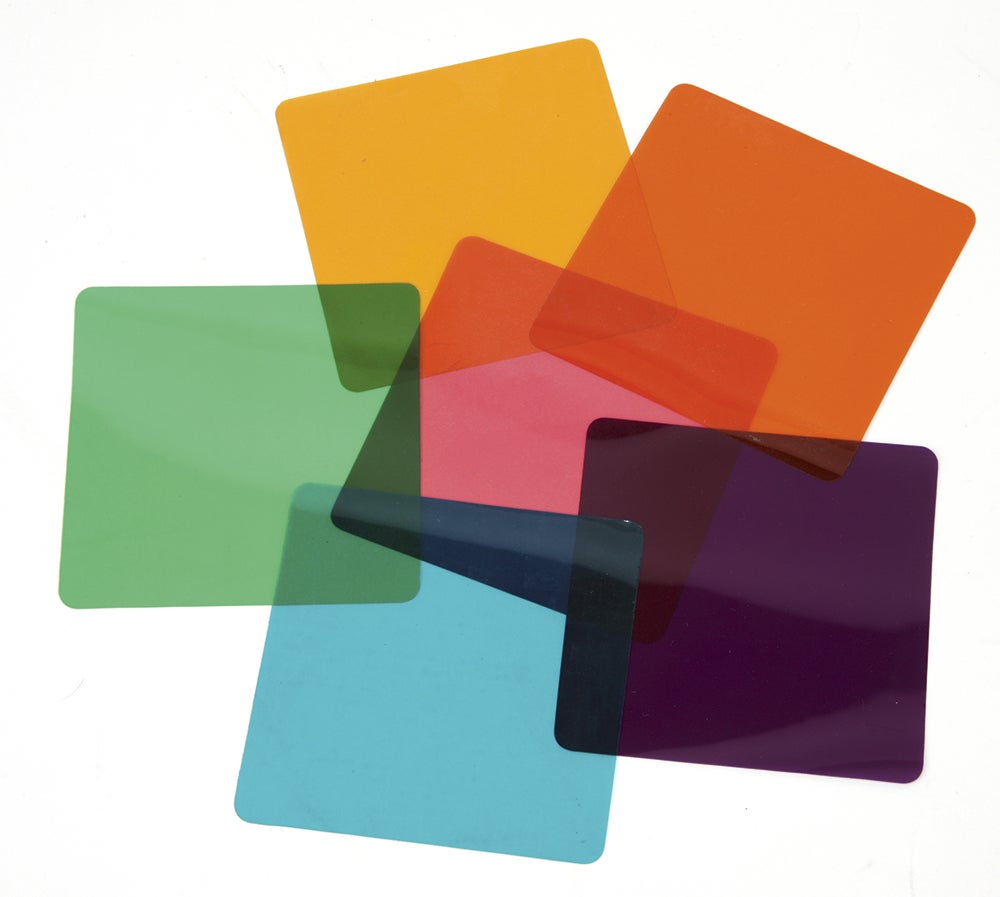Professor Bob Newman looks at controlling mixed-light sources
One of the trickiest photographic arts to master is mixed-light photography. The advent of portable light sources, such as powerful electronic flashes or LED light sources, adds a weapon to the photographer’s arsenal: the ability to control exposure by controlling the light in addition to the shutter and aperture. In many cases, the portable light source is dominant, with the ambient lights effectively being discounted. In this case, the colour balance of the shot can be set up using the colour temperature of the flash or LED light, and results will generally be good.
A trickier situation is when the ambient light is not insignificant. In this case, the dominant light source (ambient or portable) will be different for different parts of the image. If the two lights have the same colour temperature, then all should be well. This is often the case using ‘fill-in flash’ in daylight. Most flash units are designed to give a close approximation to daylight in sunny conditions (a colour temperature of about 5500K). If, however, the colour temperature of the two sources is very different, it becomes difficult to process the image to give a convincing result, since a different white balance is needed for different parts of the image.
Using a daylight-balanced flash (5500K) to fill in incandescent lighting (3200K) will result in the flash-lit portions looking very blue if processed for a colour temperature of 3200K, or the incandescent-lit parts looking very orange if processed for 5500K.
At a pinch, one could process two versions, one for each colour temperature, and attempt to selectively merge them in Photoshop, but this would be incredibly time-consuming and a good result far from guaranteed.
A better solution is to modify the light from the portable light source to match that of the ambient. This can be achieved by using colour filters over the lamp. Some lamps come with appropriate filters, designed to clip on. For those that don’t, a convenient and economical alternative is theatre lighting ‘gel’ sheets – the type placed over stage lights. The most common is called a CTO (for ‘Colour Temperature Orange’) that come in various strengths, typically 1⁄4, 1⁄2 and full. These can be used to reduce the colour temperature of a light source. There is also a CTB or Colour Temperature Blue, which increases the temperature, but this is a less common situation.
Some LED light sources might have less predictable colour rendering, so keeping some other gels handy can be useful. A green gel can correct light that looks too magenta and, conversely, a magenta version corrects light that looks too blue.
They key is controlled experimentation to find a filter pack that matches the light sources so far as the rendering of the finished photo is concerned.





